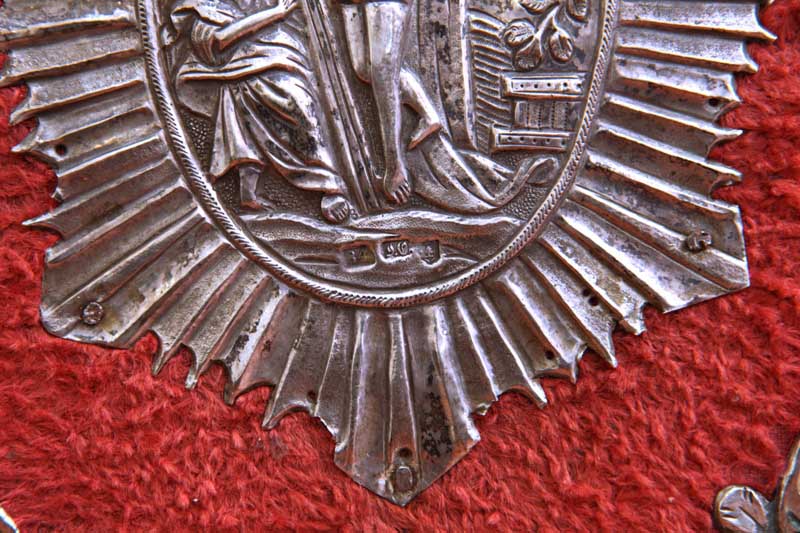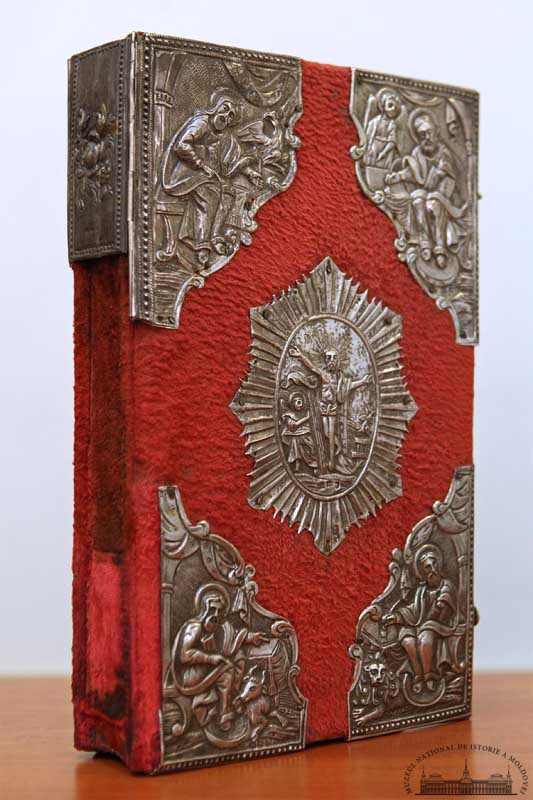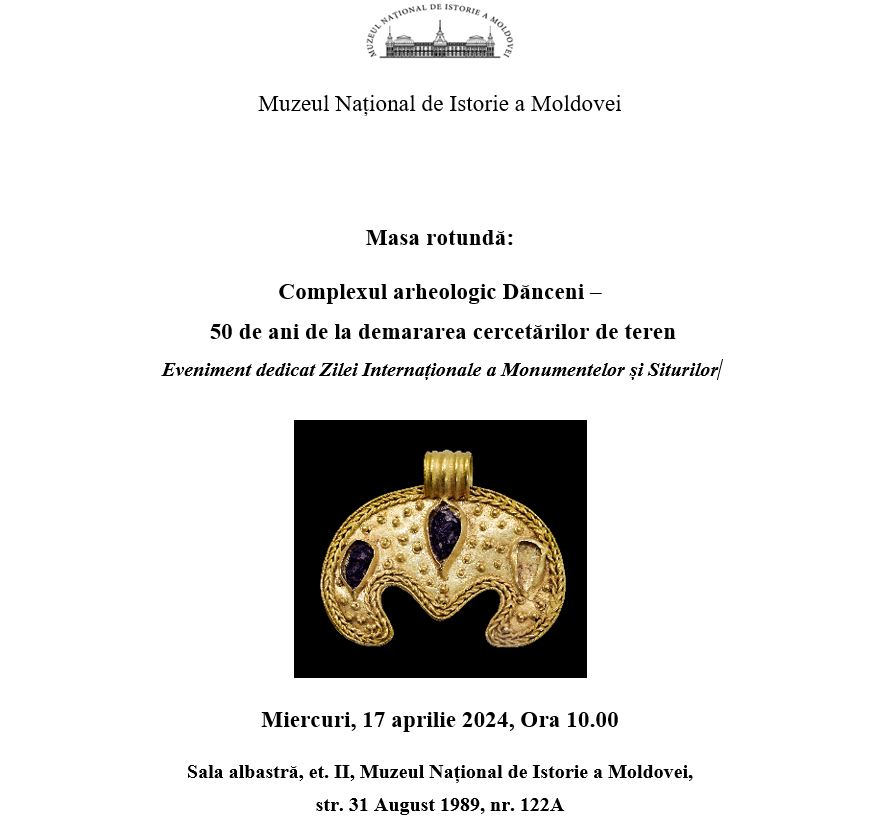  #Exhibit of the Month #Exhibit of the Month
March 2021
THE GOSPEL of 1855
 The lack of Romanian-language religious books in Bessarabia under the rule of the Russian Empire forced the church authorities in Chişinău to order the resumption of their printing. After a period of crisis, through which the printing activity within the Diocese of Chişinău and Khotin had passed, in 1853 it was revived. At the suggestion of Bishop Irynarch Popov, the Economic Directorate of the Bishops' House ordered the purchase of new equipment (fonts of different sizes) for the printing house, ink, paper, and also the staff was increased. A boom in the publishing work of the printing house follows, which was accompanied by many publications.
The Gospel in Romanian, published in 1855, was the third work printed at the Diocesan Printing House reopened in 1853. The two-year delay in publishing the book was caused by a problem with the quality of paper required for editorial printing. In particular, its lack also influenced the circulation of the book, which was published in only 603 copies (initially it was supposed to publish 1000 copies). The Gospel of Buda produced in 1812 served as an original for the printing of the 1855 Gospel of Chişinău.  The first two pages from the beginning of the Gospel, to be sent to the owner of paper in Warsaw, were typed and printed on June 29, 1853. The fonts for printing were purchased, and an engraving "St. John the Theologian" was printed on the second page (reverse side). The printed sample was sent to a Polish merchant, and on January 1, 1855, an employment contract was concluded with Valiko Sobelman, who undertook to bind the books at a price of 80 kopecks in silver each. The first two pages from the beginning of the Gospel, to be sent to the owner of paper in Warsaw, were typed and printed on June 29, 1853. The fonts for printing were purchased, and an engraving "St. John the Theologian" was printed on the second page (reverse side). The printed sample was sent to a Polish merchant, and on January 1, 1855, an employment contract was concluded with Valiko Sobelman, who undertook to bind the books at a price of 80 kopecks in silver each.
 Some copies of the 1855 edition of the Gospel were later clad in silver, which confirms the sacred significance of the book, as well as its essential role in worship. Some copies of the 1855 edition of the Gospel were later clad in silver, which confirms the sacred significance of the book, as well as its essential role in worship.
The National Museum of History of Moldova possesses three copies of the Gospel printed in Chişinău in 1855, which were examined by the late Dr. Maria Danilov. The volume on display is an exceptional one and differs from the other copies in its silver cover. The legs, the corner metal plates with engraved images of the Evangelists, and the central medallion depicting the Crucifixion of Christ bear the mark of the assayer, the mark of silver fineness 84 zolotnik, and the image of an oak on the shield. As a result of the research, it was found that the cover was made by a local craftsman, and the image of the "oak on a shield", which was the coat of arms of the Orhei uyezd, suggests that the cover was made in a local workshop, the existence of which in the middle of the 19th century is confirmed in the literature. The religious books printed in Chişinău in the second half of the 19th century, stored in the collections of the National Museum of History of Moldova, give a special significance to book printing and the art of book design, which lies in the continuity of the spiritual tradition of the Romanian people of Bessarabia of the 19th century.
|











 31 August 1989 St., 121 A, MD 2012, Chisinau, Republic of Moldova
31 August 1989 St., 121 A, MD 2012, Chisinau, Republic of Moldova

















































